Disclosure: If you make a purchase through our links we are compensated at no cost to you.
Affiliate marketing is one of the best ways bloggers can turn their content into a passive income stream.
Affiliate marketing programs account for 15 percent of all revenue generated from digital media online and are projected to grow 10 percent annually until 2021.
In this guide, you’ll learn how to acquire affiliate links, use the best tactics for promoting your links and driving website traffic, and become a successful affiliate marketing blogger.
Let’s get started.
What Are Affiliate Links?
Affiliate links are exclusive URLs used to track the traffic sent from your website to the advertiser’s website.
Each affiliate marketer has individualized URLs containing specific identifiers such as a randomized series of numbers and letters, your username, or other means of identification.
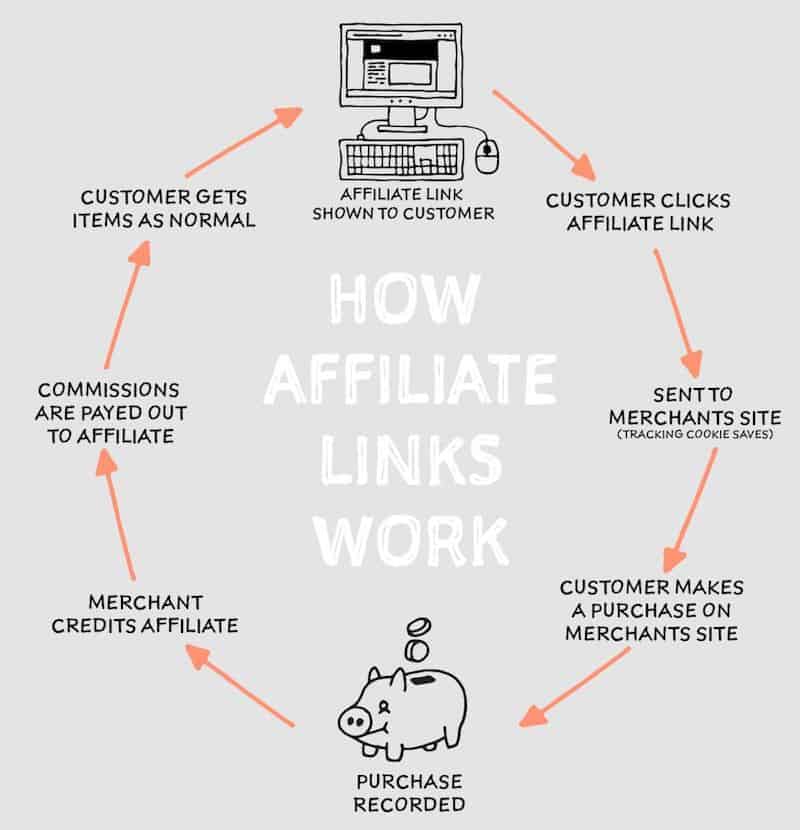

Source: scotthurtado.com
When a website visitor clicks your affiliate links, a record is sent to the affiliate program to track your metrics, such as clicks, sales, and affiliate commissions.
You will typically only earn a commission if the visitor makes a purchase, but you may also get paid for leads.
In addition to your individualized ID in the URL, an affiliate marketing program also use cookies to track activity.
When a reader clicks on your affiliate links, the affiliate marketing system places a tiny cookie file on their computer.
This cookie then records the user’s actions and credits your affiliate account with the sale if a product is purchased within a cookie duration window (typically 30-90 days).
How to Get Affiliate Links.
Before learning how to promote affiliate links, you must first join an affiliate program.
1. Join an Affiliate Network and Affiliate Program.
There are numerous affiliate programs available to publishers and website owners.
Research which programs align with your digital marketing goals, content topics, and interests.
A few of the top programs include:
When researching the best affiliate programs, look into the merchants available, commission rates, and rules for applying.
Specific affiliate programs require applicants to meet particular restrictions to qualify as an affiliate marketer. If you’re starting, I recommend you join Shareasale.
2. Log in to Your Affiliate Dashboard and Locate the Links.
After you’ve been approved, log in to your affiliate program to find your affiliate links.
Using this dashboard, you can select which of the advertiser’s text links or banners you’d like to promote on your website.
Once you’ve selected the text link, the system creates your exclusive affiliate links to promote with embedded HTML or just the link itself.
3. Copy and Paste the HTML or Direct Link Into Your Content.
After you’ve found the respective advertiser and selected a type of affiliate link, you’ll need to copy the HTML code or direct connection.
Then, paste this code and link it to your blog content or website.
You can also use a WordPress plugin like ThirstyAffiliates to cloak your affiliate links and make them look nicer on your site.
For example, something like www.adamenfroy.com/go/wpengine looks better than a random string of numbers and letters.
Another great tool for link tracking is ClickMeter. They help you monitor, track, and optimize your affiliate links in one place.
They also have a popular affiliate program that provides a 90% commission rate when you promote their link tracking tool.
4. Track the Success of Your Affiliate Links in the Dashboard.
Now that your affiliate links are live, please return to your dashboard to track their success.
Each platform is slightly different, but this tool shows you the number of clicks, sales, and commissions.
Now let’s move on to the best ways to use your affiliate links to make money online this year.
After Google AdSense and its alternatives, a report found publishers said affiliate links generated more revenue for their websites than other forms of marketing.
This gives the ability to promote affiliate links through various tactics, platforms, campaigns, and forms of content.
To be a successful affiliate blogger, promote your affiliate links in these top 11 places.
1. Affiliate Website Reviews.
As you research affiliate marketing programs to join, you should deeply understand the companies you’re promoting and their tools or products.
Use this opportunity (and include your affiliate links) to write honest reviews about the products you’re promoting on your affiliate site.
Your first focus should be on keyword research and including headings that best match a searcher’s intent when researching the product you’re promoting.
These reviews provide in-depth information about everything a potential customer would need to know, such as:
- How to get set up or buy the product.
- The top pros and cons of using the product.
- Examples of others who have been successful with the product.
- Tips to be successful with the product that your audience can use.
While using these reviews to generate clicks on your affiliate links, your content must be objective, fair, and transparent.
Other review sites are also one of the top places to promote your website, so ensure you know how they work inside and out.
2. Deep Product Tutorials.
On top of developing reviews of the products themselves, you can also promote affiliate links by creating in-depth product tutorials.
Doing so is similar to reviews, but you’re profoundly diving into “how-to” focused content.
For instance, if you join the Amazon Associates affiliate program, select products you have experience with and write content around:
- How to use the product.
- How to order the product.
- The pros and cons of the product.
- Where to find the product.
- Insider product tips.
Getting affiliate sales from the Amazon affiliate program is relatively easy since Amazon already has the brand name for product reviews.
This makes making affiliate income and running an eCommerce business as an Amazon affiliate something to consider – for beginners and even more experienced people.
3. Affiliate Banners.
In addition to text links in your blog content, affiliate programs also provide links in affiliate banners.
You can place these clickable banners in several places on your website, such as:
- The sidebar of your blog.
- The header and footer of your website.
- Embedded in blog content.
- In email marketing messages.
To use affiliate banners, first, check to see if your respective affiliate program offers this capability.
Then, copy and paste the provided HTML into the desired spot on your website.
For example, here are some banners you can copy and paste into your site with the Bluehost affiliate program:
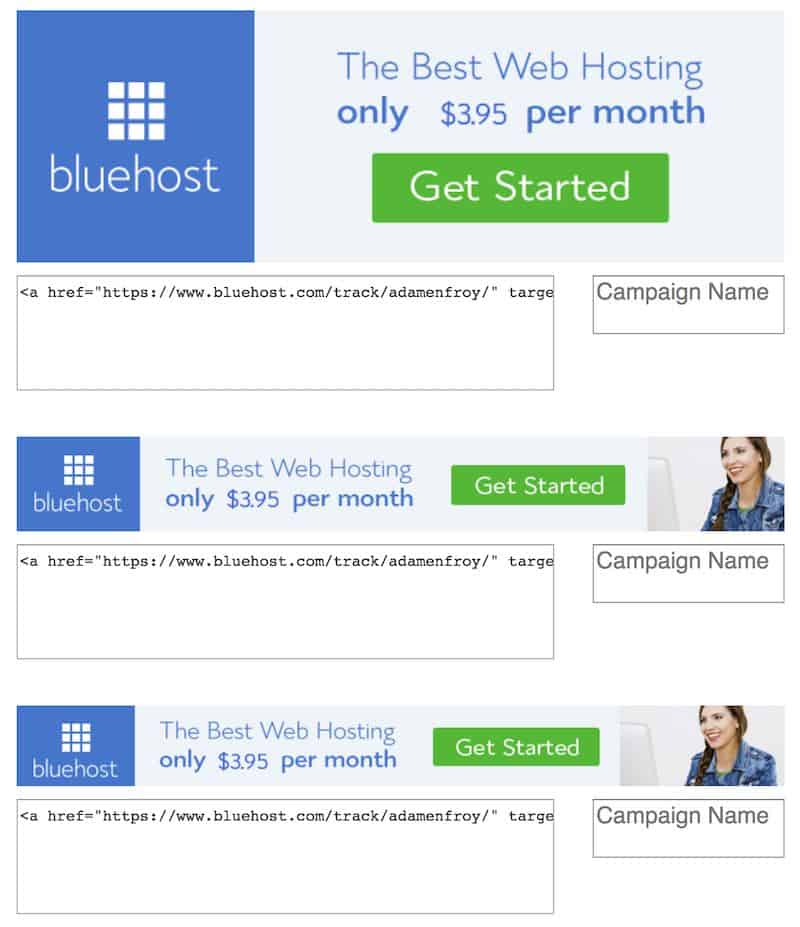

If you have difficulty doing so, don’t hesitate to contact the affiliate program’s manager for help.
Keep in mind that “banner blindness” is making banners less effective, so employ contextual text links as often as possible.
4. Automated Welcome Emails.
As an affiliate marketer and blogger, building up a loyal following of readers is crucial to long-term success.
Email marketing is advantageous for driving visitors to your website, distributing content, and managing relationships with readers.
Once readers subscribe to your blog, please give them the right incentives to join your email list so you can send them an automated welcome email series.
In this email, utilize affiliate links by sharing relevant articles.
However, don’t be spammy with your links.
For example, if your 7-part welcome email series is about starting a WordPress site, don’t automatically litter email 1 with many affiliate links.
First, build trust with your readers by telling your unique story, then eventually provide information that will help them the most.
Affiliate revenue is secondary to helping your readers.
5. Resources or Tools Pages.
You must be an authority or thought leader on particular topics to produce ongoing and passive revenue from your affiliate links.
As part of your affiliate marketing strategy, create a Resources page on your website highlighting the top tools and products you recommend.
On this page, list and discuss the products you regularly use and recommend – and you can’t fake this.
You must authentically use the products on your resource page and love them so that you know your readers will benefit from their use.
6. Inside of Digital Products.
As you grow your website and following, you can also begin to create and provide exclusive digital products such as eBooks and online courses to your audience.
Naturally, these digital products provide perfect opportunities to embed your affiliate links inside.
Be sure to include these links organically in your content.
Your digital products shouldn’t feel like sales material but moments for readers to learn more about a particular topic.
For example, if you have an online course about starting a blog, section 1 may include an affiliate link to sign up for Bluehost as a hosting provider.
It’s a natural place to put your affiliate link inside your course.
7. YouTube Affiliate Links.
You know videos are a powerful marketing tool, especially for affiliate marketers. Animoto found 93 percent of small businesses reported gaining a new customer as a direct result of a video posted on social media.
As an affiliate marketer, you can create video content around various topics and include your affiliate links.
There are two main ways to embed affiliate links into your video content.
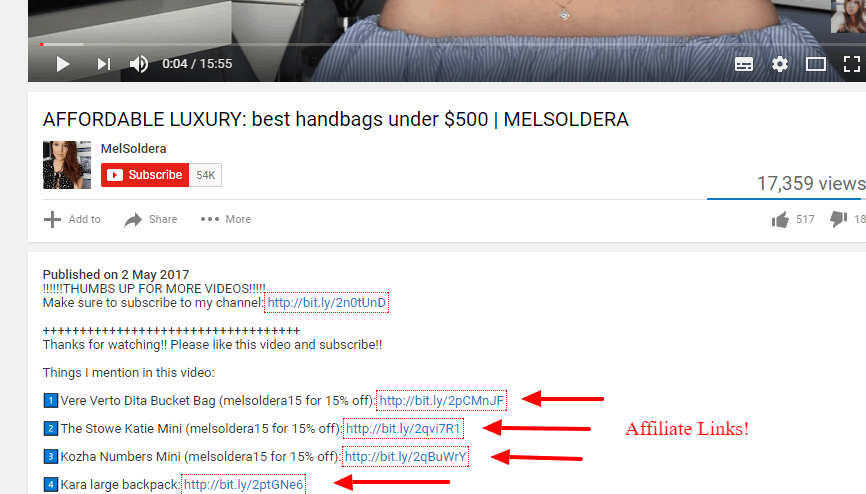

Source: vloggingguides.com
First, the easiest way to use YouTube affiliate links is by including them in your video description.
If you use this tactic, verbally and visually, call out the description in your video.
Most YouTubers use phrases like “Click on the links in the description below” to direct viewers to the right place.
The second tactic is to use YouTube annotations.
These transparent boxes pop up at preselected times and places within a YouTube video, often with a call to action.
Each box is hyperlinked, offering the perfect placement for your affiliate links.
Use both YouTube affiliate link tactics to your advantage for the best results.
8. Promoting Affiliate Links on Facebook.
Another place to distribute your affiliate links is via your profile or an online business page on Facebook.
Ensure you’re not spamming your followers’ Facebook feeds with affiliate link posts.
Your goal is to convince someone to click on your affiliate links and make a purchase.
Do so by posting entertaining, educational, and intriguing content that includes affiliate links.
9. Instagram Affiliate Links.
Like promoting affiliate links on Facebook, you can also generate affiliate traffic from your Instagram posts. However, Instagram has one major exception: Instagram posts are not clickable.
Instead, you must drive fans to your bio to click on a link.
A workaround to this problem is to include links in Instagram Stickers.
You can put these items in your stories that users can click on to be taken to a destination of their choice.
If selling on Instagram is a priority, make it a point first to build a loyal audience. These loyal followers will be likelier to click on your affiliate links, whether in the bio or Instagram Stories, and engage with your content.
10. Pinterest Affiliate Links.
Since Pinterest is a visual social media platform, you have several opportunities to drive traffic to your affiliate links, especially those which promote physical products.
For the best results, create pins and boards around a particular product.
Or, you can include a pin with your affiliate link in a board focused on a broader topic.
For example, if you are an affiliate marketer for a nutrition company, create a Pinterest board around healthy eating tips, ideas, and recipes.
Within that board, including one or two pins that use your affiliate links.
Building a Pinterest blog can also help drive traffic, build an audience, increase SEO rankings, and increase revenue.
Pinterest affiliate marketing is also a great way to monetize a niche-specific blog.
Test out all tactics and see which drives the best results by checking your affiliate dashboard and Pinterest Analytics.
11. Twitter Affiliate Links.
Using affiliate links on Twitter involves a bit of wordplay.
Since you only have 280 characters to convince someone to click on your affiliate link, you need to be creative.
Experiment with different copywriting styles and see which method drives the most affiliate link clicks.
You can also pair your social media copy and links with an image or video to create more intriguing content for your target audience.
However, most affiliate marketers use Twitter to generate website and blog content traffic.
From there, they use other tactics we’ve reviewed to entice users to click on the embedded affiliate links.
How to Disclose Your Affiliate Links
As an affiliate marketer, you must disclose your involvement in affiliate programs.
Most content creators will include a short paragraph explaining the relationship between the content and the affiliate program advertiser at the beginning of their content and on a dedicated page of their website.
An example of a proper affiliate link disclaimer at the top of a blog post could read:
“As a blogger, my content may include affiliate links from advertisers. I may earn money from actions readers take on these links, such as clicking, purchasing, or subscribing. However, these tools I recommend fully and have helped my blog tremendously.”
On your dedicated affiliate disclosure page, a list of which affiliate marketing partners you are involved with and details about that partnership for ultimate transparency.
Check out these examples for inspiration.
You risk violating FTC policies and potentially facing a fine if you do not include an affiliate link disclosure.
In addition, affiliate advertisers can remove you from their programs if you fail to disclose your participation appropriately online.
Tips to Be Successful with Your Affiliate Links.
Affiliate marketing bloggers must keep up with constantly changing landscape and stay on top of the trends to maximize their blog monetization.
Use these five tips for continued affiliate marketing success.
1. Use Affiliate Link Cloaking.
Affiliate links can be lengthy, depending on the identifiers a program uses.
Instead, use an affiliate link cloaking tool such as the ThirstyAffiliates WordPress plugin to shorten your links automatically.
Using the plugin’s WordPress dashboard, you can manage your links, add them to relevant content, and utilize advanced features such as geo-targeting.
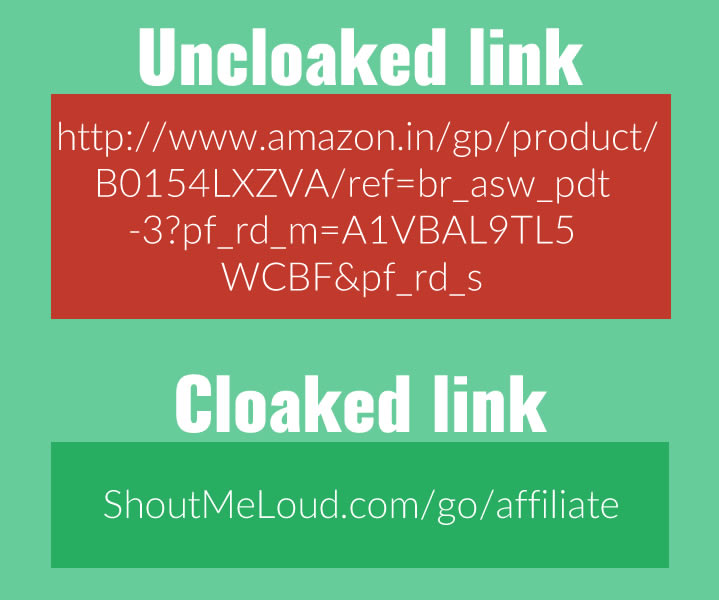

Source: shoutmeloud.com
Not only does an affiliate link cloaking tool make tracking and managing your links a breeze, but it also presents your links in a professional, branded manner.
2. Promote Multiple Affiliate Products.
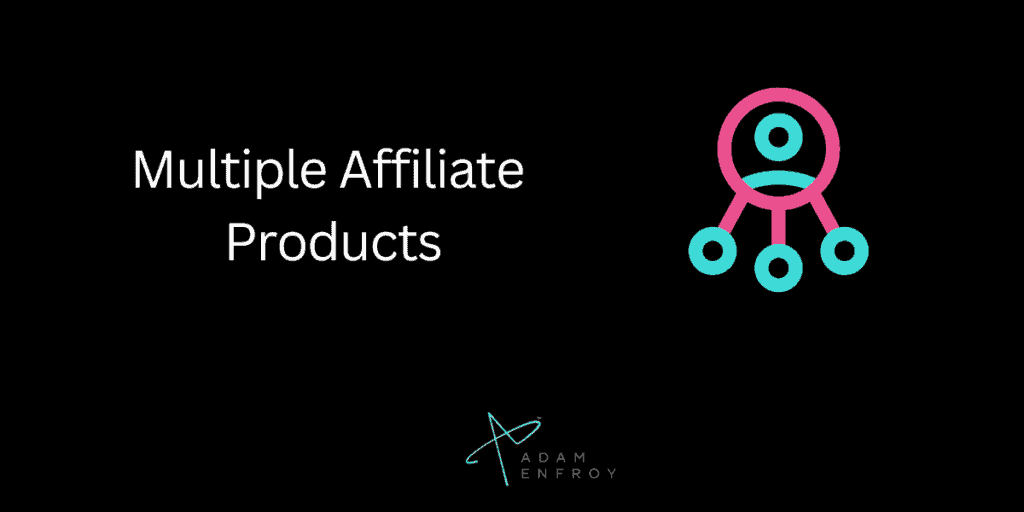

As an affiliate marketer, there’s no limit to the number of products and advertisers you can promote.
If you run a travel blog, you can promote everything from airline affiliate programs to luggage companies, travel gear, hotels, and more.
And, if you decide to diversify your content, be sure to group content into categories.
For instance, if you run a fashion blog, you can join affiliate programs for makeup, clothing, and accessories.
Create multiple forms of content for each category and silo them into specific site sections.
People will find your content easily and you’ll have several revenue streams simultaneously.
3. But, Don’t Overdo It with Too Many Products.


Following our previous example, creating content promoting a web hosting company on a website dedicated to fashion wouldn’t make sense.
While you can enroll in as many affiliate programs as you like and qualify for, overdoing it can confuse readers and cause organizational problems.
If you wish to participate in affiliate programs for different industries, try creating individualized websites for each topic rather than writing content for all sectors on one website.
4. Diversify Your Affiliate Link Placement.
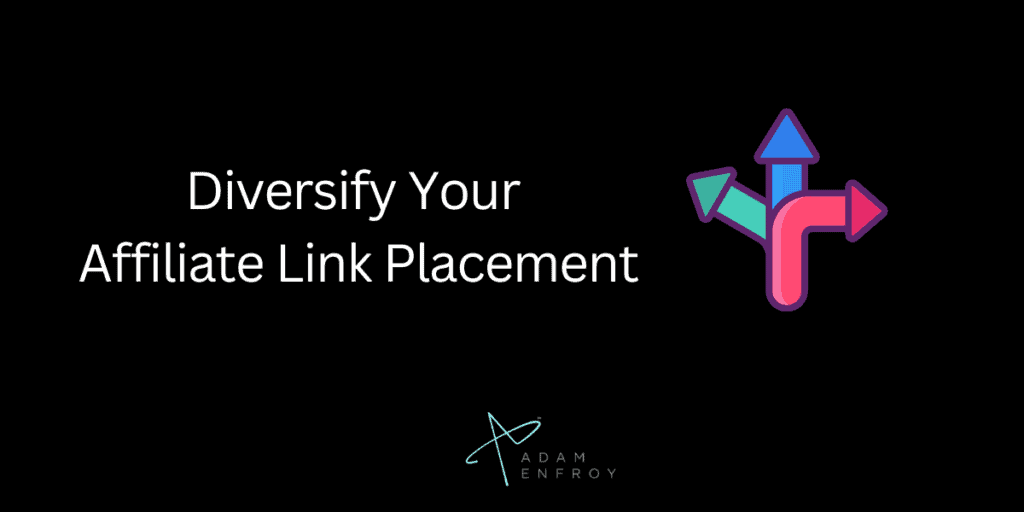

Today, we’ve reviewed various places to promote your affiliate links. It’s best to diversify where you use your links to maximize revenue.
Promote your affiliate links in:
- Blog content and reviews.
- Product tutorials.
- YouTube videos.
- Banner ads.
- Social media posts.
- Email marketing messages.
- Digital products (i.e., eBooks, online courses).
Your possibilities are endless. Why limit yourself?
5. Put Your Audience First.
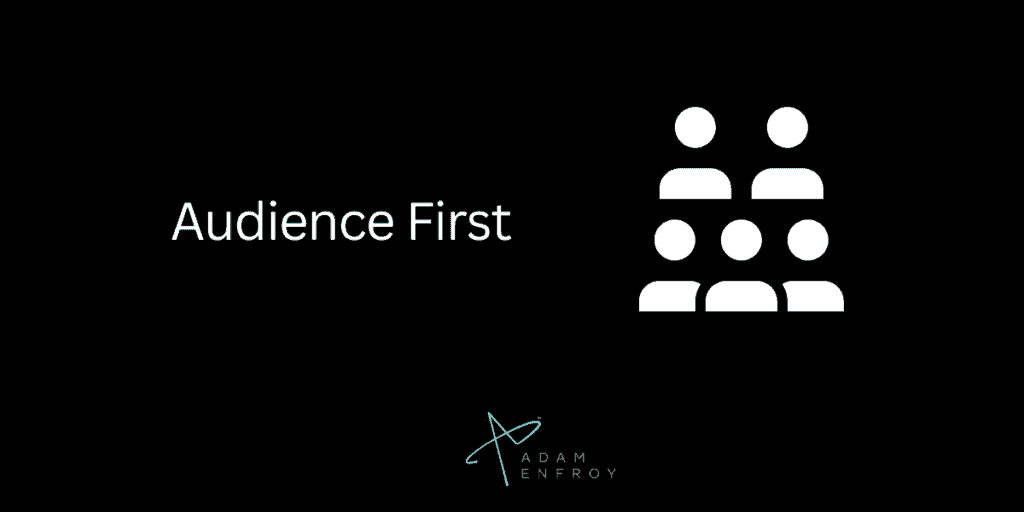

Ultimately, it’s all about your audience.
Never create content for the sake of promoting a link if your audience won’t respond to it.
First, gain a deep understanding of your audience’s needs, wants, and pain points.
Then, publish content that provides the best possible solution.
Your goal is to give your audience the best possible content (that can generate sales through affiliate links).
But, if your audience doesn’t know, like, and trust you, there is no chance of generating a sale.
6. Engage Your Audience and Get More Leads.
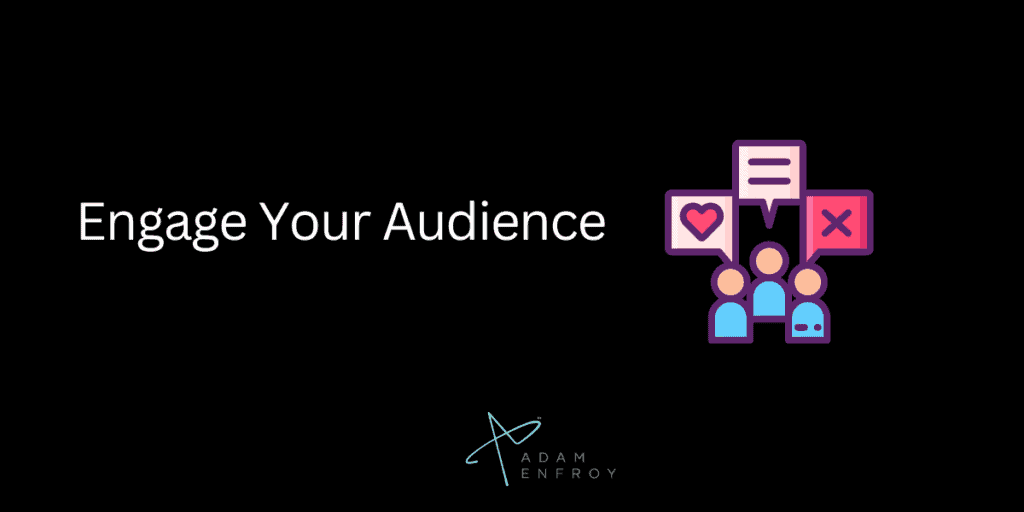

Your audience is everything.
You need to have their interests, attention, and trust if you want them to become a customer.
Even though you are not selling your product, engaging an audience is vital to your success.
You can do this by offering high-quality, valuable content, be sure the content you create is unique and relevant to your affiliate marketing industry.
This way, when people search for related keywords in Google, they will find you.
Your conversation with potential customers is essential, too, because once someone finds you on Google, social media, and other platforms, the next step is to get them more involved.
7. Audit and Refine Often.
Like content marketers need to keep their finger on the pulse of what is happening in their industry, you should do the same with your affiliate links and promotions.
You can use an affiliate link management tool to help you.
With this, you will be able to see the performance of your products, how much money is made, and which products are performing best. You can then use that information to improve what you are doing and to promote your other products better.
Affiliate marketing is just like any other type of marketing effort. You need to track your data and see where to find ways to improve it.
But the difference is that with affiliate links, you need to keep more of an eye on things because if there are no conversions, then it doesn’t matter if you are getting more affiliate links.
By analyzing your data, you can see how many people click on each link, which products convert best, and the list. This way, you can make sure that people are coming back.
The important thing is to make sure when creating your reports, you only focus on the data relevant to your affiliate marketing business and what you need to improve on.
8. Stay on Top of Trends.
Being aware of what is going on in your industry is a must.
You need to know who the influencers are and always be one step ahead of them. This way, you can get more traffic through your affiliate links while ensuring your audience respects you for being an expert.
Many tools are available online to help you keep on top of things.
A good tip is to research your competitors, see what products they promote, and see if it’s something you think is worth advertising.
9. Use affiliate managers
In many situations, the programs you join (including Clickbank and various alternatives) might offer you the chance to work with an affiliate manager.
This person can give you tips to improve your conversion rates, help you with your landing page setup, and even give you high commissions and better payouts when you reach a certain number of affiliate sales.
Using an affiliate manager in your affiliate campaigns has all sorts of benefits.
10. Consider Affiliate Link Attribution
Whether you are doing eBay dropshipping, giving search engines referral advice, or selling items on various affiliate networks, be sure the affiliate links are being attributed to your account.
Link attribution is crucial because it prevents someone from trying to claim the credits by themselves and helps you keep track of all the clicks and how much you are making.
There’s no point in investing in SEO or paid traffic methods if you can’t track the link to a sale as a retailer.
Knowing where you are getting conversions is essential as it helps you know whether or not your marketing efforts are practical.
11. Use templates where possible
Whether a startup or a well-established business, templates will help you save time and provide a low-cost solution.
There are many places online where you can buy attractive banners with an affiliate link attached to it already.
That way, you only need to add your company details and get them live on your website or social media.
Let’s explore the key benefits of promoting affiliate links on your blog and website.
- Instant Source of Income: Affiliate marketing is an instant source of income. You don’t need to wait for people to purchase products physically; instead, when you refer them to a product page, you receive commissions immediately. This makes it a much faster route to making money than other methods, such as ads or sponsored posts.
- Passive Income: Affiliate marketing also allows you to earn passive income. This means you can refer customers to a product once and continue to get paid without additional effort.
- Low-Cost Investment: Compared to other forms of advertising, affiliate programs are generally very cost-effective and require a minimal investment. All it takes is setting up an account with one or more programs and promoting those links, which can be done inexpensively through social media or by creating content within the blog.
- Leverage Existing Audience: If you already have an established blog or website, promoting affiliate products will help leverage that audience into additional sales for the merchant offering the product or service.
- Build Relationships: Unlike other forms of advertising, affiliate marketing allows you to build relationships with merchants and customers. This can help strengthen your brand over time and increase the likelihood that those customers will return for future purchases.
- Expand Reach: Affiliate marketing can also help you extend your reach beyond the confines of your website or blog. By using affiliate links in emails, social media posts, and other external sources, you can bring additional visitors to the merchant’s site and your own.
- Automatic Updating: One benefit of affiliate programs is that merchants will automatically update the details of their products and offers, so you don’t need to update any information on your end manually. This makes it easier to focus on finding new ways to promote those links rather than worrying about updates or changes.
These are just some benefits of promoting affiliate links on your blog or website.
Executive Summary.
Now that you know how affiliate links work, where to promote them, and how to disclose your participation in affiliate programs fully, it’s time to put your newfound knowledge to use.
First, check out some high-paying affiliate programs to join, grab those links, put them in the best places for your audience, and start monetizing your blog today.
Here’s hoping these affiliate link tips start helping you earn more from every click.
Further reading on AdamEnfroy.com: Want to get stay ahead of the curve? Check out these AI affiliate marketing tools to help you get the most out of your marketing efforts.


